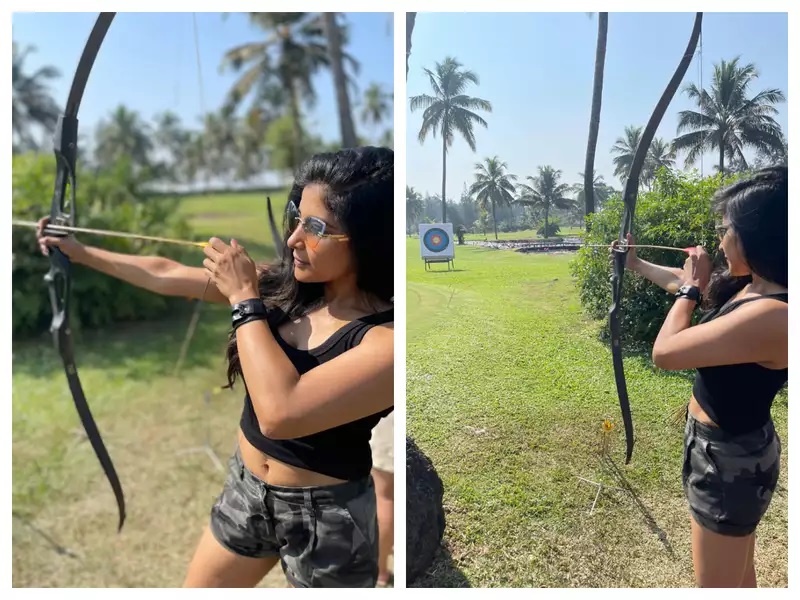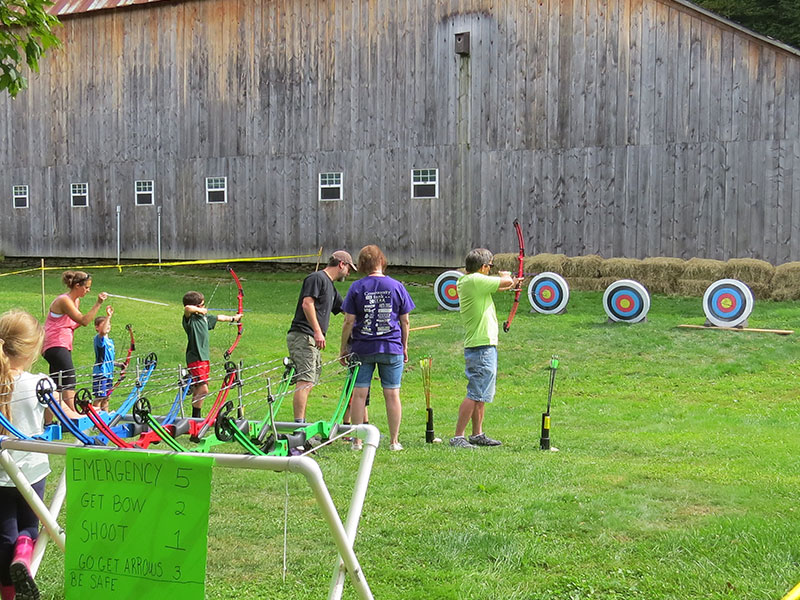Anime aesthetics has heavily influenced online slot design in recent years. This fusion has created a distinctive sub-genre of games that attract traditional gambling enthusiasts and fans of Japanese pop culture. The influence of anime on modern online slots goes far beyond superficial visual elements, shaping everything from narrative structure to gameplay mechanics and emotional engagement.
Visual language and artistic style
The distinctive visual style is anime’s most immediately recognizable influence on online slot design. Anime-inspired slots typically feature:
- Vibrant color palettes that pop on screen, creating visually striking game environments
- Character designs with expressive features, including the iconic large eyes that convey emotion
- Detailed backgrounds that establish rich, immersive worlds
- Stylized animations that bring characters and symbols to life with fluid movements
Eye-catching designs make anime-inspired slots a unique choice for players who ลงทะเบียน สล็อต888. The eye-catching style is particularly effective on mobile devices, where anime art’s bold colors and clean lines remain clear and appealing even on smaller screens.
Character-driven narratives
Online slots have incorporated elements of anime’s complex character development and storytelling into their design. Unlike traditional slots that might feature generic symbols or themes, anime-inspired games often include:
- Protagonist characters with distinct personalities and backstories
- Antagonist figures who create narrative tension
- Supporting characters who provide bonus features or special functions
- Character progression systems where protagonists evolve or transform throughout gameplay
This character-centric approach creates emotional investment beyond the typical gambling experience. Players aren’t just spinning reels; they’re engaging with characters and advancing their stories through gameplay, creating a deeper connection to the game.
Episodic structure and progression
Many anime series utilize episodic storytelling with overarching plot arcs, a structure now mirrored in some online slots. These games implement:
- Level-based progression systems where players unlock new environments or challenges
- Story chapters that reveal new narrative elements as players advance
- Character relationships that evolve throughout extended gameplay
- Season-like content updates that introduce new story arcs and features
This episodic approach encourages longer-term engagement with a single game rather than the quick game-hopping behaviour traditional slots often generate. Players return not just for potential winnings but to continue the unfolding story.
Integration of japanese cultural elements
Anime-inspired slots often incorporate broader elements of Japanese culture and mythology, including:
- Iconic settings like cherry blossom gardens, neon-lit Tokyo streets, or historic temples
- Mythological creatures such as kitsune (fox spirits), dragons, or yokai (supernatural beings)
- Cultural festivals, traditions, and seasonal references
- Japanese sound design elements and music styles
These cultural touchpoints add authenticity and depth to the gaming experience, particularly appealing to players interested in Japanese culture beyond anime.
Gameplay mechanics influenced by anime tropes
The influence of anime extends into the actual mechanics of online slots, with many games incorporating elements directly inspired by familiar anime tropes:
- “Power-up” sequences where characters transform or evolve, mimicking the transformation sequences common in magical girl or shonen anime
- Multi-phase boss battles that serve as bonus rounds, similar to climactic anime confrontations
- Special move animations that trigger during significant wins, reminiscent of signature attacks in fighting anime
- Friendship or team-based features where multiple characters combine abilities for enhanced rewards
These mechanics translate familiar anime concepts into gambling contexts, creating gameplay experiences consistent with the source material’s dynamics. Players will enjoy more immersive, character-driven experiences. At the same time, developers will have access to a broader audience demographic, suggesting a bright future for this stylistic crossover.















